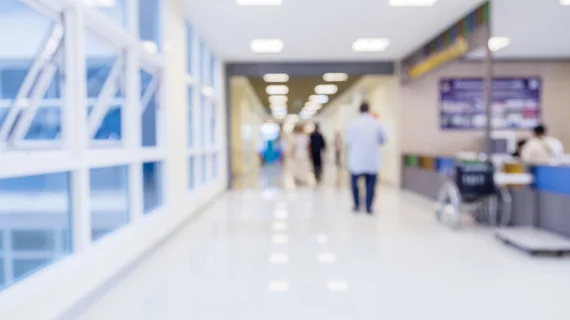Time of day does not affect TAVR or SAVR outcomes
Patient outcomes after transcatheter aortic valve replacement (TAVR) and surgical aortic valve replacement (SAVR) do not significantly change based on the time of day the procedure takes place, according to new findings published in Circulation: Cardiovascular Quality and Outcomes.
Pointing to a single-center analysis that found SAVR outcomes may improve in the afternoon, and noting that research on the timing of TAVR is limited, the study’s authors tracked data from more than 5,500 patients to try and gain a better understanding of this topic. The study included 4,457 TAVR patients and 1,129 SAVR patients who participated in the PARTNER 1 and 2 trials.
All TAVR patients received a Sapien heart valve manufactured by Edwards Lifesciences. In both groups, 74% of patients were treated in the morning and 26% were treated in the afternoon. The mean age for all groups was 82 or 83 years old. Men made up slightly more than half of all groups, and white patients made up at least 93% of all groups.
After two years, the authors found, there was “no difference” in the rate of all-cause mortality or rehospitalization between patients treated in the morning and those treated in the afternoon. This was true for both the TAVR and SAVR cohorts. The same similarities were seen when reviewing other clinical endpoints as well.
“Overall, our results parallel those of other previous studies on noncardiac or nonvalvular cardiac surgery showing no effect of time of day on operative outcome,” wrote first author Flavien Vincent, MD, PhD, a specialist with the Quebec Lung and Heart Institute in Canada, and colleagues.
Read the full analysis here.

